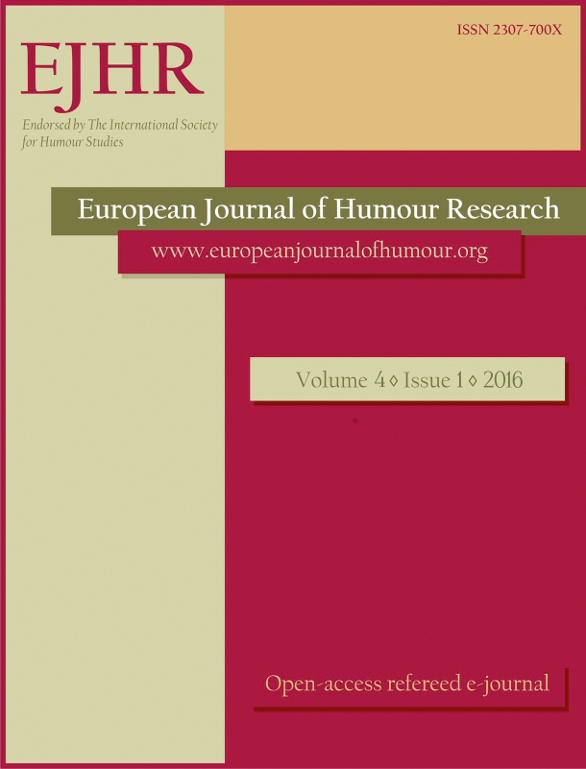The relationship between gelotophobia, shame, and humiliation
The relationship between gelotophobia, shame, and humiliation
Author(s): Judit Boda-Ujlaky, László SéraSubject(s): Language and Literature Studies, Psychology, Applied Linguistics, Sociolinguistics, Psychology of Self, Behaviorism, Psychoanalysis
Published by: Krakowskie Towarzystwo Popularyzowania Wiedzy o Komunikacji Językowej Tertium
Keywords: gelotophobia; shame; humiliation;
Summary/Abstract: Gelotophobia (fear of being laughed at), when it comes to the social context, is usually investigated in the context of bullying. Other studies of gelotophobia show that it can be characterised by the emotion of shame. Shame rarely occurs as a clear, distinct emotion (Scheff 2003), i.e. it is difficult to tell whether the given intensity means shame or another emotion to a person. According to Scheff (2003) there is a shame-spectrum, at one end of which there is the feeling of embarrassment, on the other we find humiliation. In our study we investigated the relationship between self-reported gelotophobia, shame, and humiliation (PhoPhiKat-45, TOSCA-3, Humiliation Inventory). Gelotophobia showed a stronger positive correlation with shame than with cumulative humiliation or fear of humiliation (r=0.659 and r=0.332 and r=0.355). After partialling out items referring to being laughed at or ridiculed, humiliation proved to be uncorrelated with gelotophobia, whereas with shame it still shows a strong positive relationship (shame: r=0.568; cumulative humiliation: r=-0.001; fear of humiliation: r=0.156). Linear regression also confirmed the predictive effect of shame on gelotophobia, but humiliation was not predictive. To conclude, gelotophobia is connected to humiliation only when humiliation contains derision, but other types of humiliation experiences seem to be unrelated.
Journal: The European Journal of Humour Research
- Issue Year: 4/2016
- Issue No: 1
- Page Range: 93-101
- Page Count: 9
- Language: English

